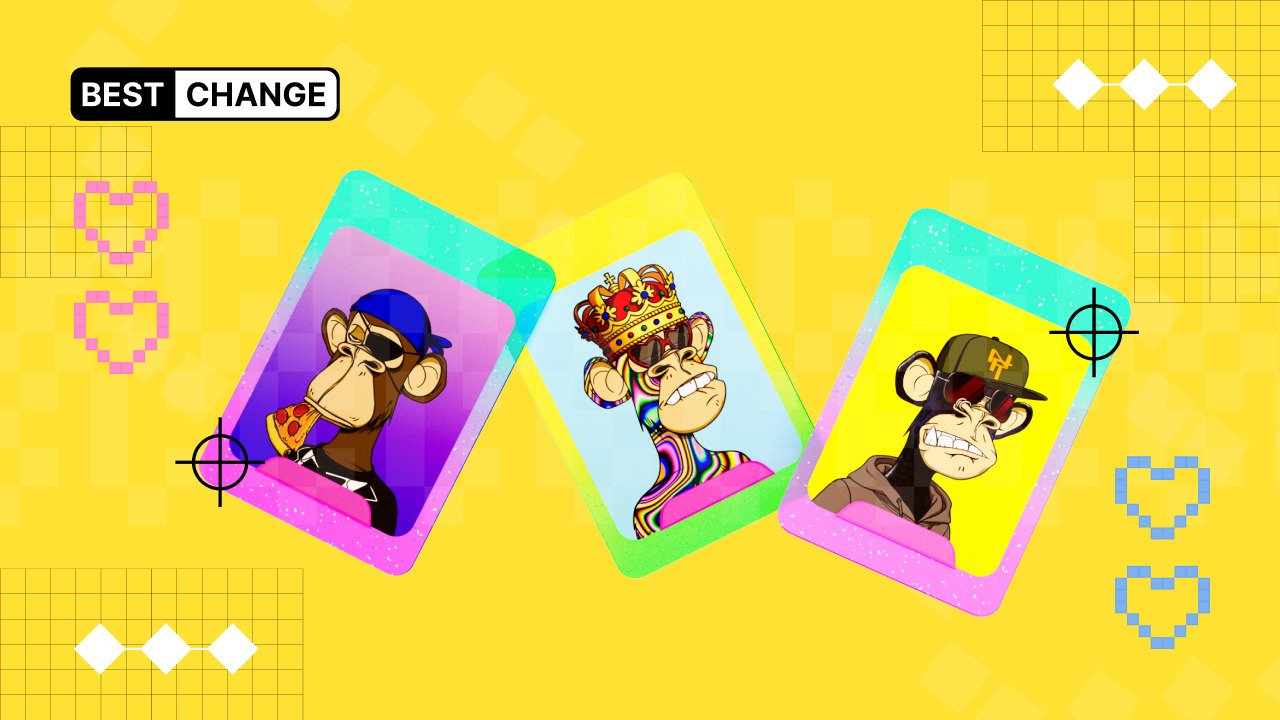How to create an NFT quickly and without programming skills

NFT tokens have become a new stage in the evolution of the crypto market, offering a new perspective on digital ownership. Initially, NFTs were associated exclusively with digital art, but over time, it became clear that their potential is much broader.
Today, NFTs are used in many ways — from tokenizing in-game items and event tickets to digital medical records and real estate.
Why are NFTs needed?
A Non-Fungible Token (NFT) is a unique digital asset whose information is recorded in a distributed ledger and stored immutably.
NFTs make it possible to own digital objects, which can be either virtual assets (in-game or collectible items) or physical ones (real estate, artworks, as well as images, videos, and audio tracks).
The wide range of monetization opportunities has made NFTs especially popular among creatives — musicians, digital artists, and animators.
NFTs reached peak popularity in 2021–2022 — a period dubbed the "DeFi and NFT boom." In 2022, the NFT market capitalization reached a record $16.8 billion. However, following the crypto crisis and the collapse of Terra and FTX, the NFT market also experienced a downturn.
By late 2024, interest in NFTs revived, and the market capitalization once again exceeded $10 billion. As of October 2025, the NFT market capitalization is estimated at $5 billion.
How to create an NFT and is it difficult?
This guide explains how to create an NFT from a digital object. Tokenizing physical assets as NFTs is a more complex process that requires expertise.
Step 1. Concept and content creation
Before choosing how to create an NFT, you need to come up with a concept for your future asset. The first step is to determine what you will tokenize.
Any digital content can serve as the basis for an NFT:
- Images: pictures, photos, memes, and animations;
- Video content: clips, short or full-length films, shorts, or reels;
- Audio content: music tracks, audiobooks, and podcasts;
- In-game items: characters, skins, avatars, and weapons;
- Documents: certificates, event tickets, intellectual property rights, and even real estate records.
Start by preparing the content itself. For beginners, the easiest way is to create NFTs from images. You can take a simple route and turn a well-known or trending meme into an NFT, but that's unlikely to be original. A better option is to create your own meme or a series of themed artworks.
Note: Even if you're not a digital artist or designer, that's not a problem. Neural networks like Midjourney, DALL·E, and Stable Diffusion can generate custom content in any style upon request.
Step 2. Choosing a platform and blockchain
Before creating an NFT, you must choose a blockchain since issuing NFTs requires paying a transaction fee (gas). The fee size varies across networks.
Blockchains like Polygon, BNB Chain, Solana, and TON are much cheaper than Ethereum for NFT creation. You can compare network fees using explorers like Etherscan, BSCScan, Solscan, Polygonscan, and TONScan.
The good news for beginners is that you don't need to learn programming or smart contracts to create NFTs. There are user-friendly tools that simplify the process.
Major NFT marketplaces such as OpenSea, Rarible, Getgems, and Zora allow you to create NFTs and immediately list them for sale.
Note: Many NFT marketplaces support multiple blockchains. For example, OpenSea supports Ethereum, Solana, and 20+ other networks, while Magic Eden works with Ethereum, Solana, Base, Arbitrum, and even Bitcoin.
Before minting NFTs on these platforms, you'll need a crypto wallet. For Solana, use Phantom; for Ethereum and other EVM-compatible networks — MetaMask, Trust Wallet, or Zerion. Then deploy a smart contract — that is, publish it on the blockchain to enable NFT creation. Most platforms like OpenSea have built-in tools for this.
Step 3. Uploading and configuring the NFT
Once the content is ready, the wallet connected, and the platform selected, you can move on to the final stage — minting the NFT. At this stage, your digital file becomes a token with unique metadata recorded on the blockchain.
You'll need to upload your file in a supported format:
- Images: JPEG or PNG
- Videos: MP4
- Audio: MP3 or WAV
- Some platforms also support GIFs and 3D models.
Next, upload your media file, name your NFT or collection, and optionally add a description. Then configure the NFT attributes: number of tokens, copies, category, and other parameters. You can also set a royalty fee — a percentage you'll earn from each resale of your NFT.
After uploading, the system creates a unique blockchain record verifying authorship and authenticity.
Once done, you can list your NFT for sale — via auction or fixed price. To publish it on-chain, you'll need to confirm a transaction and pay a gas fee, which depends on network congestion.
After listing, all that's left is to wait for buyers. To increase your success and value, promote your collection — for example, through social media channels, NFT communities, or dedicated groups on Telegram or Discord.
